Indulge in the brilliance of red tomatoes – vibrant, succulent, and versatile. From refreshing salads to luscious sauces, they transform every dish. Bursting with vitamins, minerals, and antioxidants, red tomatoes not only tantalize your taste buds but also boost your well-being. Experience the culinary elegance of each juicy bite, a symphony of flavors embodying freshness and nutritional richness.
A Comprehensive Guide to Growing Red Tomatoes
1. Choose the Right Red Tomato Variety:
Immerse yourself in the wide world of red tomatoes, each with their own unique characteristics, texture and culinary uses. From classic steak to Roman variety to delicious tomato meringue, choose a variety to suit your cooking preferences and gardening goals.
2. Know your local climate:
Consider your location and local climate when you start your red tomato growing business. Tomatoes grow in warm climates, but temperature changes, rainfall patterns and slight differences in sunlight can affect their growth. Learn the microclimate in your area to adjust your growing practices accordingly.
3. Soil Preparation and pH:
Careful soil preparation guarantees success. Red tomatoes thrive in well-drained soil rich in organic matter. Conduct a soil test to determine pH, aiming for the slightly acidic to neutral range (6.0-7.0). This promotes the growth of healthy plants, ensuring efficient use and absorption.
4. Planting Time and Frost Considerations:
Time your planting carefully to match your frost pattern. Start growing tomatoes by sowing seeds indoors 6-8 weeks before the last expected frost. To prevent frost damage and allow your tomatoes to grow well, plant outdoors only when the soil temperature consistently exceeds 10°C (50°F).
5. Spacing and support:
Consider the placement of your tomatoes carefully. Proper spacing ensures adequate ventilation and reduces the risk of disease. For the indeterminate variety that continues to grow throughout the season, provide a stable support structure, such as a stake or trellis, to provide ample weight for the fruit.
6. Irrigation Practices:
Irrigation master to keep the soil moist, especially during drought. Avoid overhead watering to reduce leaf diseases. Applying a layer of mulch around plants helps retain moisture, regulate soil temperature and reduce plant growth.
7. Fertilize:
Keep the environment healthy by adding balanced fertilizer to your daily maintenance. Customize the fertilization method based on soil testing and the specific needs of your tomatoes at different growth stages, from seedling to fruiting.
8. Pest Control Strategies:
Proactively protect your tomatoes from pests such as aphids and aphids. Implement integrated management strategies such as planting companions, attracting natural enemies, or using organic pesticides. This ensures a harmonious, beautiful garden ecosystem.
9. Pruning Techniques:
Improve your pruning skills to control plant size and optimize airflow in the canopy. Regularly remove the suction cups and lower leaves to transfer the plant’s energy to the fruit. Pruning helps plants become healthier and more productive.
10. Tips for Harvesting:
Harvesting is an art in itself. Red tomatoes are ready to be picked when they are a plump color, firm when gently pressed, and yield a small amount. To increase the freshness of your tomatoes at home and preserve all their flavor, use scissors to cut the stems.
11. Cooking Adventure:
Grow your red tomatoes from the garden to the kitchen. Discover countless delicious recipes with products grown at home. From refreshing salads to rich and delicious sauces, try many recipes that showcase the vibrant and subtle flavor of red tomatoes.
![]()
Growing red tomatoes is a challenging job, but it also brings some challenges
1. Disease Prevention and Control:
Problems: Fungal diseases such as early blight and powdery mildew can affect red tomatoes.
Solutions: Use tomato resistant varieties, rotate crops and provide adequate air space
2. Pests:
Problems: Aphids, tomato hornworms and whiteflies are pests that can cause red tomatoes.
Solution: Introduce beneficial insects like ladybugs, use neem oil or insect repellent, and eliminate pests by hand. Regular check-ups and early intervention are important.
3. Blossom End Rot:
Problem: Dark, tough spots at the base of tomatoes indicate blossom end rot, usually caused by calcium deficiency, if water is constant.
Solution: Keep water consistent, maintain good calcium levels by amending soil and mulches to retain soil moisture.
4. Sunburn:
Problems: Excessive sun exposure can cause sunburn and cause pale, hard spots on your sun-exposed tomatoes.
Solution: Provide shade when the sun shines, especially for seedlings. Mulching can also help control soil temperature.
5. Poor fruit quality:
Problem: Poor pollination, high temperature or malnutrition can cause fruit loss. not good.
Solutions: Encourage pollinators, maintain appropriate temperature and ensure soil fertility through balanced fertilization.
6. Flowering:
Problem: Rapid changes in water availability, especially during heavy rains, can cause tomato flowers to bloom.
Solution: Save water, especially during the dry season, to avoid sudden changes in humidity. Mulch can help retain moisture.
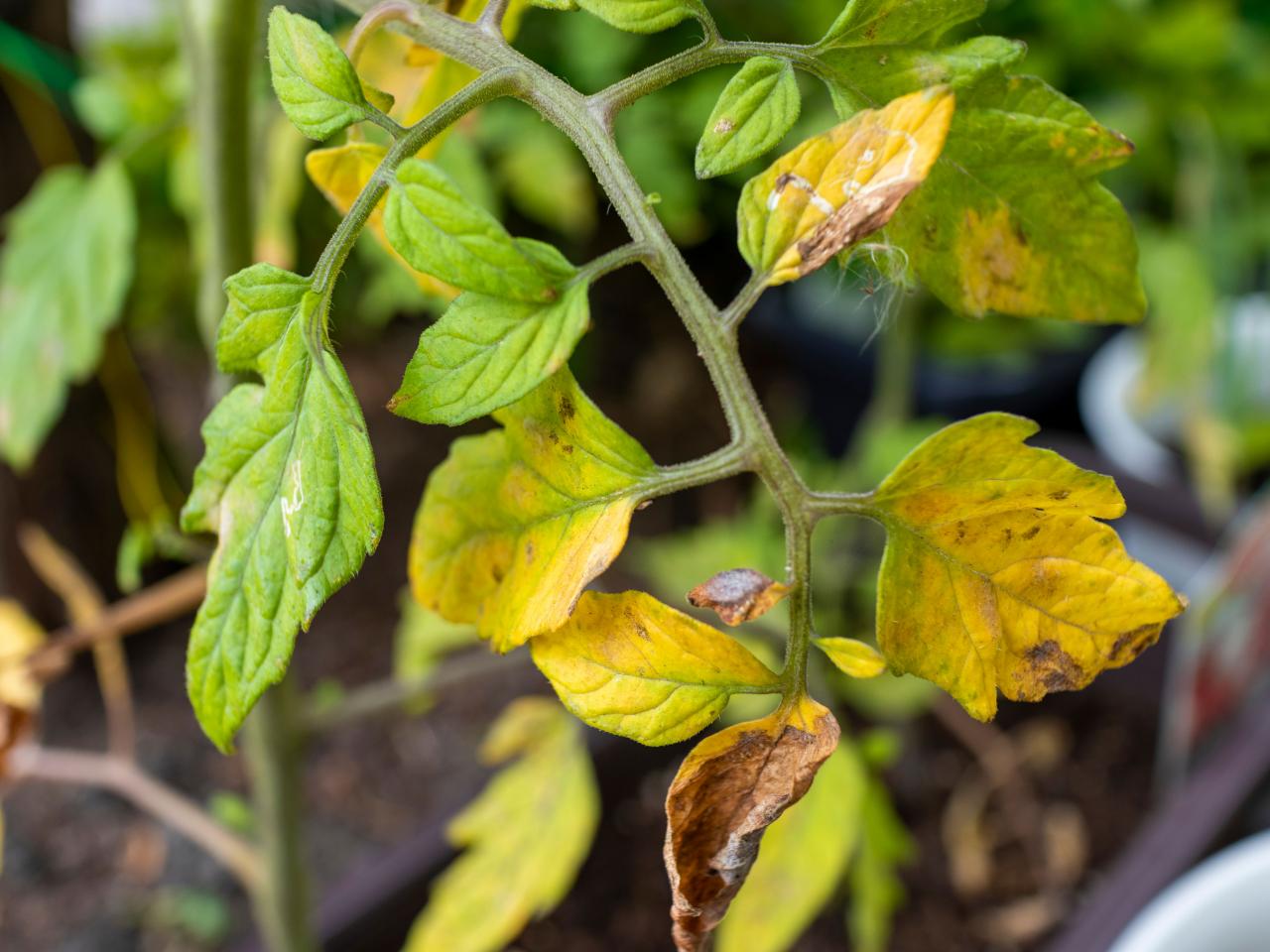
7. Yellow leaves:
Problem: Yellow leaves may indicate a deficiency of nutrients such as nitrogen or magnesium.
Solution: Treat the soil with appropriate fertilizers to have balanced content. Monitor plant health regularly and adjust fertilization as needed.
8. Wilt and root problems:
Problems: Wilt can be caused by many things, including root diseases or inadequate watering.
Solutions: Ensure good soil drainage, prevent overwatering and respond quickly to root diseases. Mulching helps retain soil moisture.
9. Wrinkled tomato leaves:
Problem: Curling or wrinkling of tomato leaves can be caused by physical factors such as heat and cold.
Solution: Provide even growing conditions, including temperature control, to prevent leaf breakage.
By following these thorough guidelines, you’re on a complete journey to become a red tomato growing expert. Enjoy the fulfillment of a rich harvest and the delight of nurturing not just tomatoes but a thriving garden. Happy gardening!

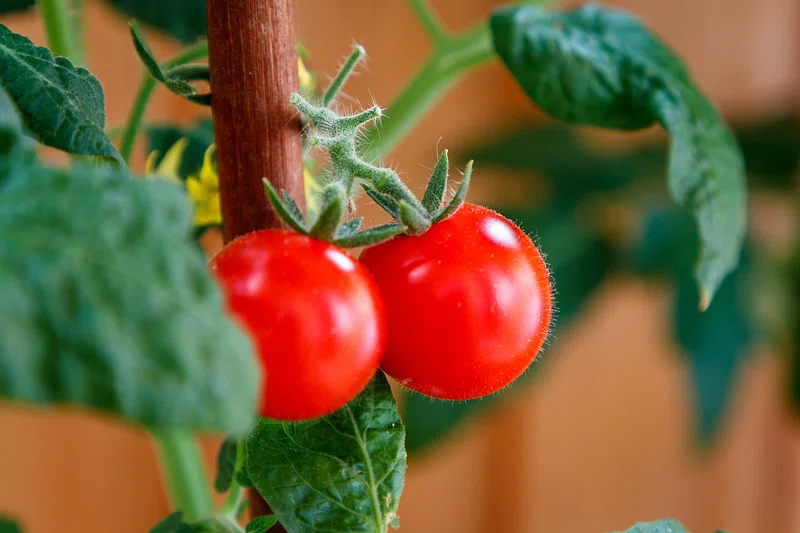
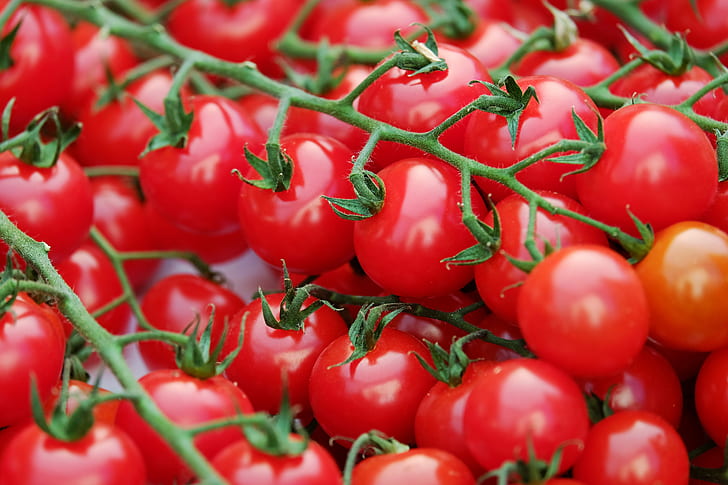
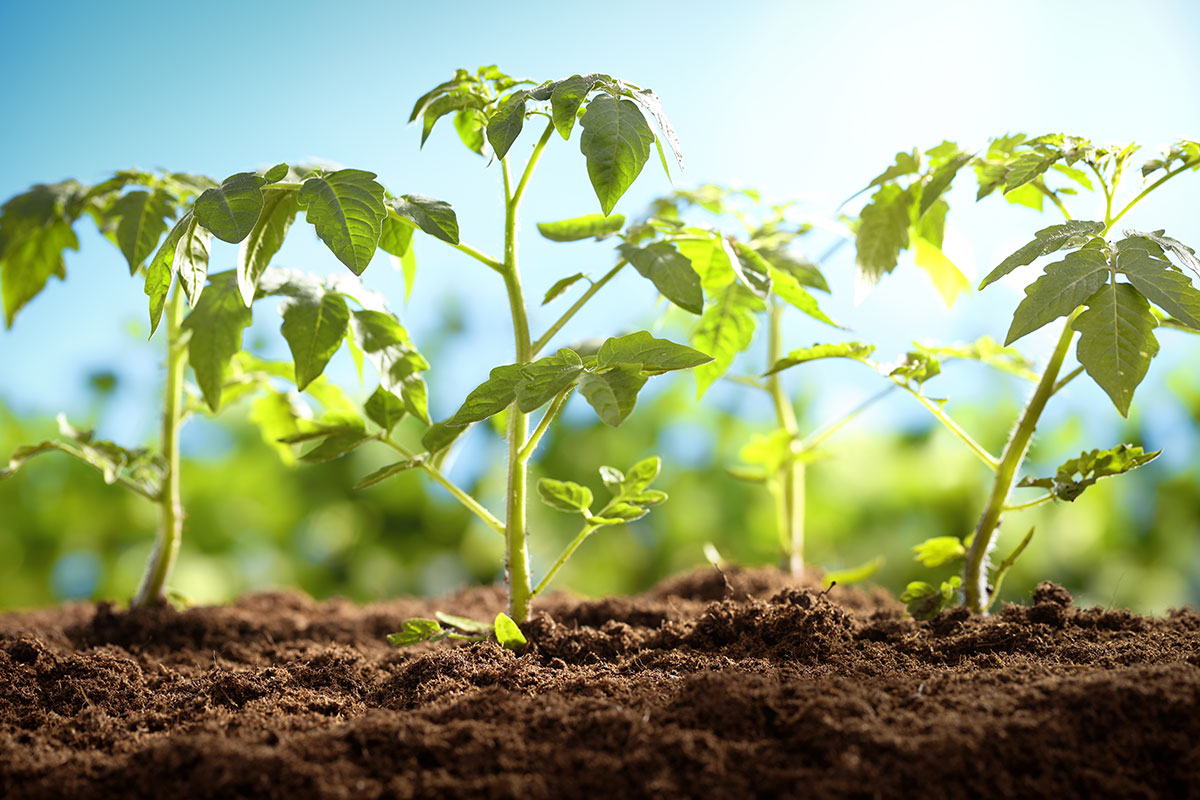

![How To Replenish Soil After Tomatoes [Inc. Amending Soil Or What To Plant]](https://gardentabs.com/wp-content/uploads/2022/09/hand-of-person-holding-abundance-soil-for-agriculture.jpg)

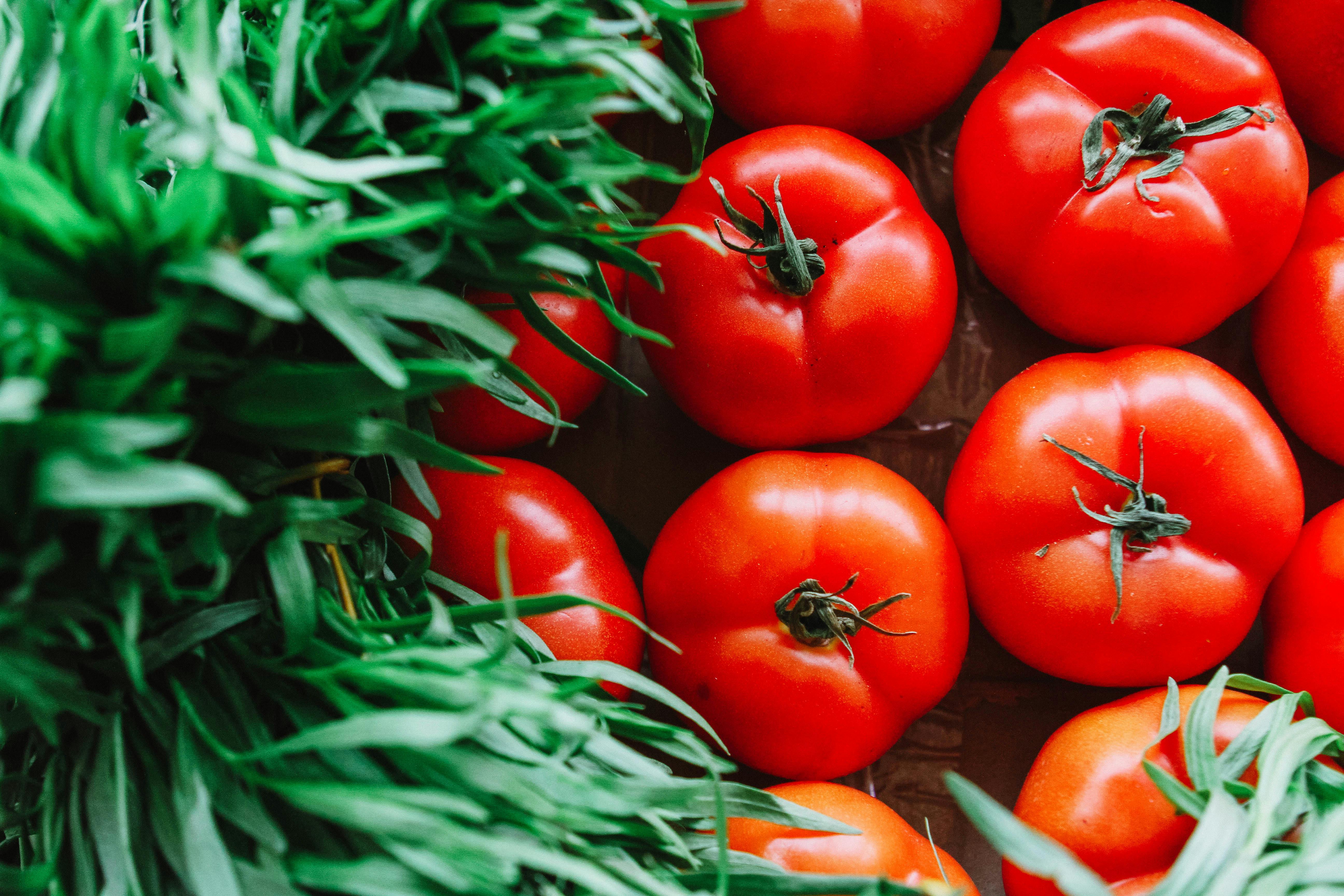

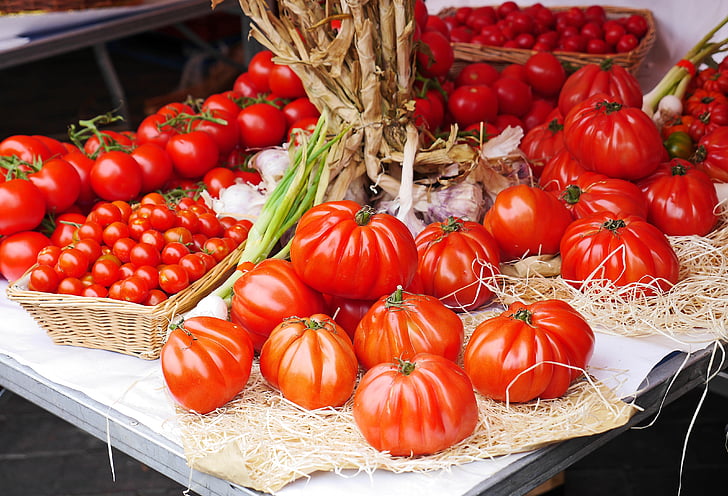
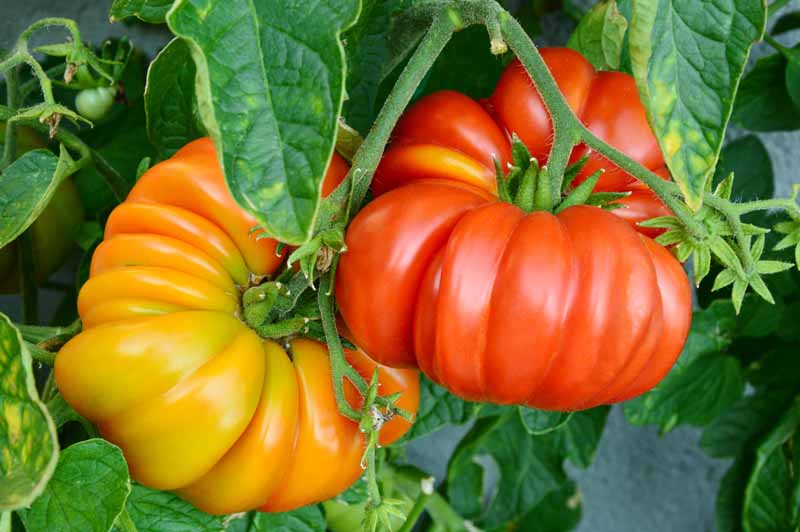
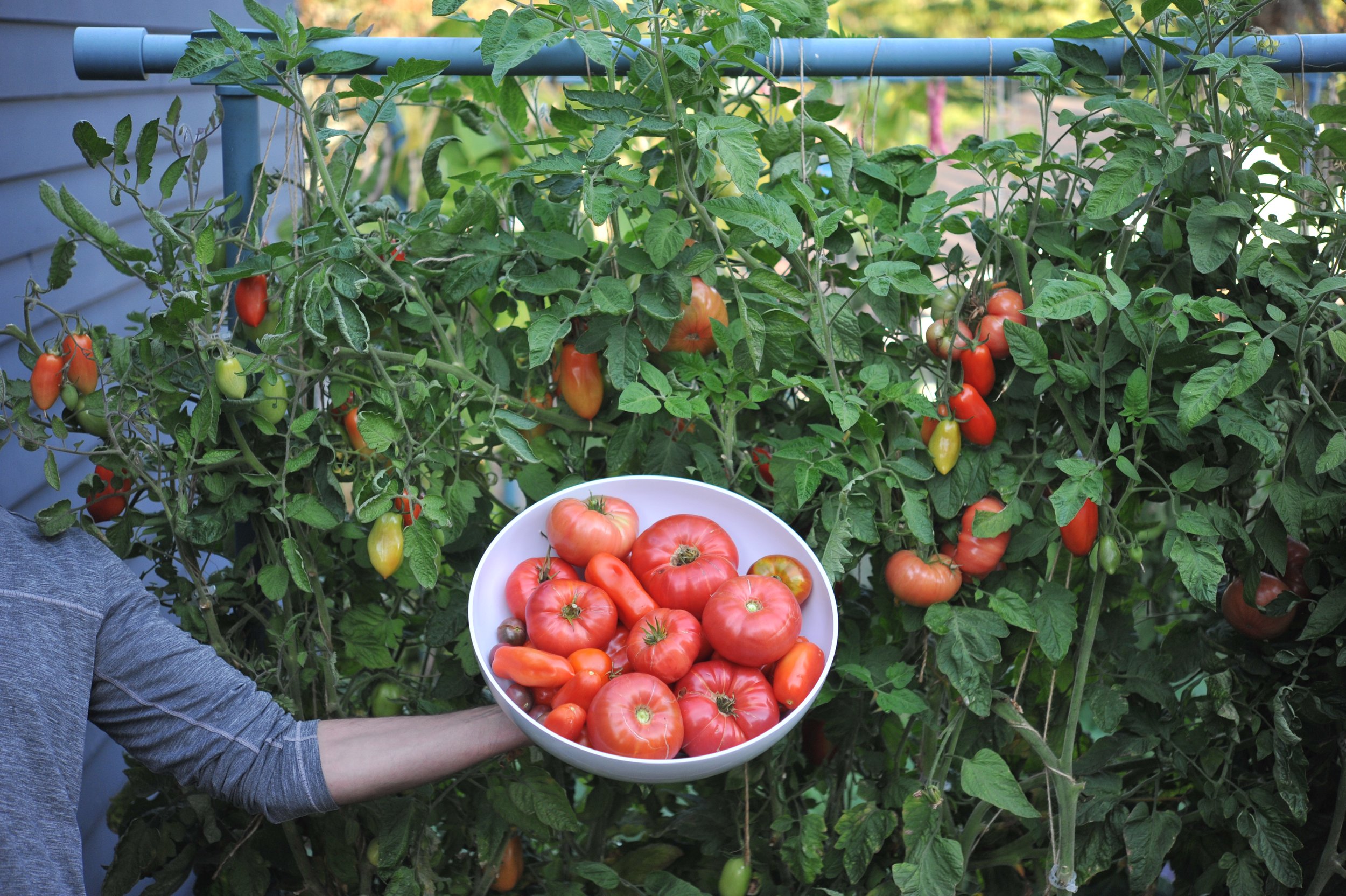
:max_bytes(150000):strip_icc()/pink-brandywine-tomato-growing-guide-7090615_3F-8b534cf2c4ca4e6cac0ad668c60c4d08.jpg)